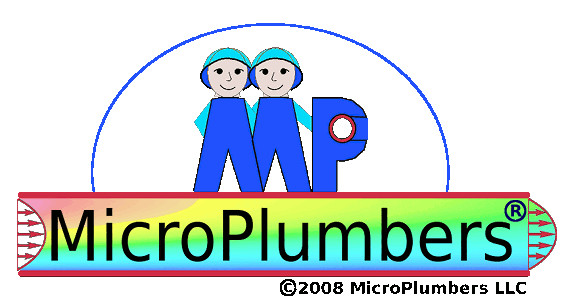
<p>The purpose of our work was to compare the biodistribution of liposomes with different surface properties. Phosphatidylcholine (PC)/cholesterol (Chol) liposomes were prepared containing 6% mol of a charged lipid (stearylamine, SA; phosphatidic acid, PA; or phosphatidyl serine, PS) and/or polyethylene glycol (PEG)-PE of different MW (750 and 5000). zeta-Potentials and liposome clearance in mice were investigated. In vitro, the attachment of PEG in a similar fashion neutralizes the effect of any charged component. In vivo, the chemical nature of a charged lipid becomes important. Both short PEG750 and longer PEG5000 inhibit the clearance of positively charged SA-liposomes, while only longer PEG5000 inhibits the clearance of negatively charged PA-liposomes and none of the PEGs inhibit the clearance of negatively charged PS-liposomes. The opsonins with different molecular size may be involved in the clearance of liposomes containing different charged lipids.</p>